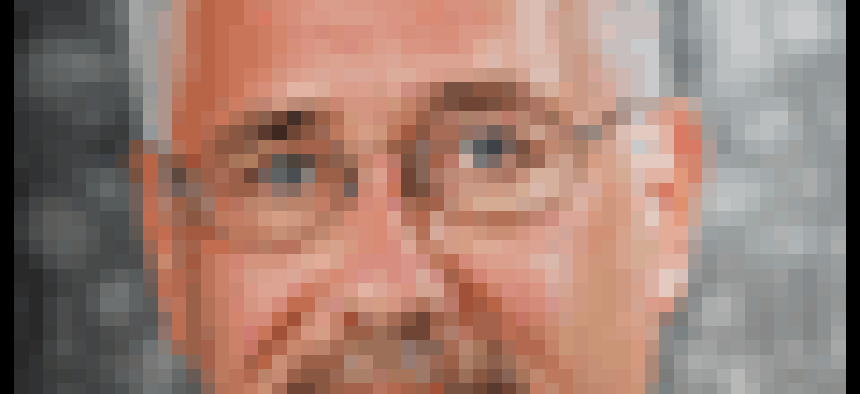Gov 2.0 speakers discuss using government IT as a platform

The conference's rapid-fire presentations seem to amount to the new kinds of applications that enhance, or build from, government data.
Much of the government information technology crowd is attending two IT conferences in Washington today and tomorrow. One is the Gov 2.0 Conference, where some 600 federal digerati are listening to a rapid-fire sequence of presenters. The other is the Enterprise Architecture conference.
The underlying theme emerging so far from the Gov 2.0 Conference is the notion of government information, and the technology that supports it, as a platform. (Look for separate reports from the EA conference.)
Not surprisingly, the rapid-fire presentations seem to amount to the new kinds of applications that enhance, or build from, government data.
That was one of the messages from Clay Johnson of Sunlight Labs, who talked about the lessons learned organizing Apps for America 2: The Data.gov Challenge. The project was designed to demonstrate that when government makes data available, it makes itself more accountable and creates more trust and opportunity in its actions.
"The government is a platform that must provide a wholesale data relationship with the public, not just a retail relation," he said.
Johnson highlighted some of the prize-winning projects, including:
- FBI Fugitive Concentration, based on the classic card pairing game featuring the FBI’s most wanted criminals.
- FlyOnTime.US, which provides the probability of on time flight arrivals for specific destinations, based on federal data.
- Quakespotter, a desktop application, using a Google Earth application that shows current reported earthquake activity and offers the ability to tap into Twitter microblogging conversations around specific locations.
- GovPulse, which makes the federal register more readable, and geographically searchable .
- This We Know, which allows users to type in their city and state, and find a wide range of information the federal government has about a specific area.
Also at the conference, Clay Shirky (shirky.com), author and pundit, shared the lessons of using public wikis. He contrasted why sites such as Apps for Democracy’s succeeded where others, such as an ill-fated effort by the Los Angeles Times to foster a "wiketorial" comment site, devolved and failed.
The primary lesson of engaging the public revolves around the implied social contract for its use, he said. If the rules of a site are too explicit or constraining, it restricts the kind of creative contribution that allows such sites to evolve and for its users and sponsor to learn from it.
"The contract with the users has to be complete enough without constraining creative contribution," he said. "You need to give people room to participate," he said.
Adrian Holovaty of talked about designing Web sites in ways to make it easier for machines to find and extract, or scrape, information. In particular, he stressed the need for "diffs, not dumps" -- making it clearer what information is new and different on sites, rather than forcing massive information downloads. He also urged moving away from PDF documents, which are not easily read by machines. And he advised better use of meta description of data.
NEXT STORY: NOAA finishes supercomputer





